The Atmosphere and Horror of Resident Evil
- Oct 11, 2024
- 22
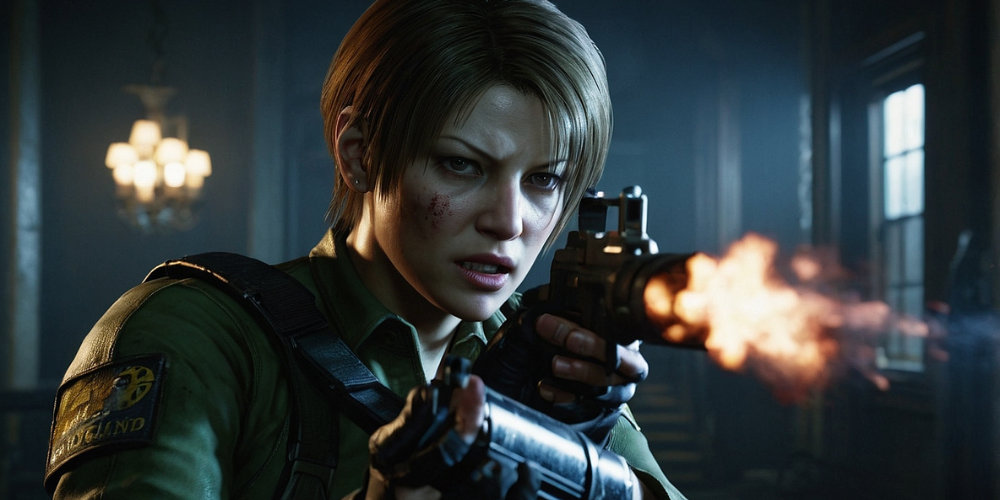
Every time I revisit the world of Resident Evil, I am reminded of the sheer intensity and palpable fear that lurks within its atmosphere. From the moment I step into a dimly lit room or hear the echoing footsteps in the distance, a shiver races down my spine. The ambiance crafted by the developers is not just about monsters and survival; it’s about creating an experience that ensnares my senses and immerses me in a narrative steeped in dread.
The Soundtrack of Dread
The sound design in Resident Evil plays a critical role in shaping my emotional responses. The haunting melodies often swell at just the right moment, building tension and anticipation. I find myself holding my breath as eerie notes float through the air, signaling that danger may be lurking around the corner. Every creak of the floorboards or the distant growl of a zombie sends adrenaline coursing through my veins. It’s in these moments that I realize the true power of sound in horror storytelling.
The Visual Aesthetics
Visually, Resident Evil has developed an unmistakable style. The interplay of light and shadow creates a world where the unknown thrives. I often navigate through poorly lit hallways, casting anxious glances over my shoulder, uncertain of what might emerge from the darkness. The graphics serve not just to create realism but to evoke a sense of isolation and entrapment. Each derelict environment tells a story, whispering of the horrors that have unfolded within its walls.
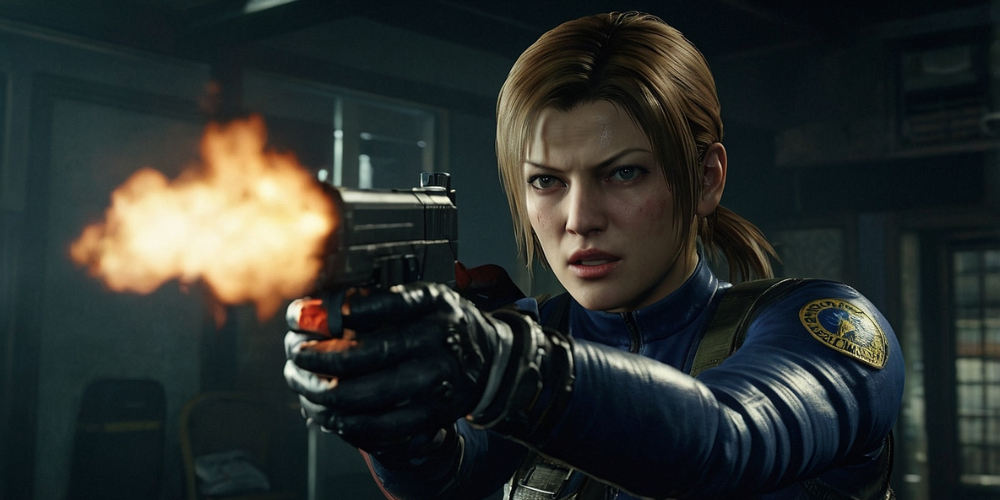
The Characters I Encounter
The characters I meet in Resident Evil are intricately layered, each with their own backstory and motivations. As I interact with them, I feel their struggles and fears resonate within me. Whether it's the stoic determination of Chris Redfield or the vulnerability of Jill Valentine, their journeys weave a tapestry of resilience amidst chaos. They are not just avatars on a screen; they become my companions, urging me to confront the malevolent forces at play.
The Fear of the Unknown
One of the most potent elements of fear in Resident Evil is the fear of the unknown. I often find myself exploring dimly lit corridors, unsure of whether the next door I open will lead to safety or a fresh nightmare. The unpredictability heightens my anxiety, forcing me to question my decision-making at every turn. Will I conserve my limited ammo, or will I waste it on a shadow lurking in my peripherals? It’s that constant choice that keeps me on edge.
The Zombies' Haunting Presence
The zombies are iconic, their grotesque visages and unnerving groans banding together to create a relentless sense of dread. When I first encounter a zombie, my heart races, and I often find myself instinctively backing away, reeling from their monstrous visage. The shuffling cadence of their movement, coupled with their lifeless eyes, makes my imagination run wild. Are they capable of more than just hunting me? The suspense of their true nature grips me tightly.
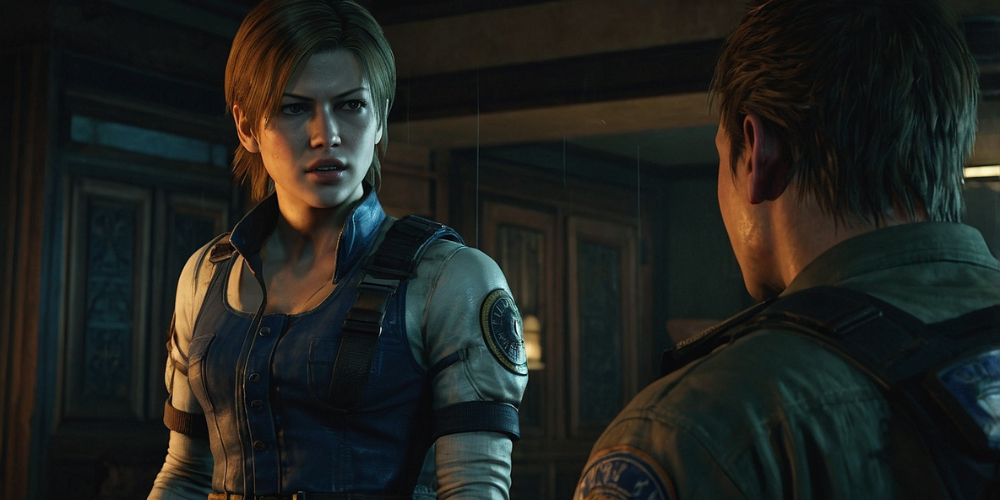
The Puzzles of Survival
Every Resident Evil title is peppered with intricate puzzles that demand both critical thinking and patience. I often find myself lingering in a room filled with clues, trying to piece together the truth while listening intently to the eerie silence. These puzzles are more than just obstacles; they are a way to engage me further into the narrative. Every lock I pick and every mechanism I solve deepens my immersion in this chilling tale of betrayal and horror.
The Sense of Isolation
Isolation pervades the atmosphere, amplifying my sense of vulnerability. Whether I’m trapped in a mansion or seeking refuge in a desolate lab, there’s an omnipresent feeling of being cut off from the outside world. The sparse environments often exacerbate this feeling, where each lonely echo reverberates like a reminder of my predicament. It forces me to confront the harrowing reality that there may be no escape.
The Evolution of Monsters
One of the aspects I admire most is how the creatures evolve throughout the series. From the slow, shuffling zombies to the grotesque mutations spotlighted in later games, each monster tells a narrative of its own. The grotesque designs are a reflection of humanity’s darkest fears, and every confrontation feels unique and terrifying. I often find myself hesitating, weighing the risks of engaging with them instead of simply running away and preserving my sanity.
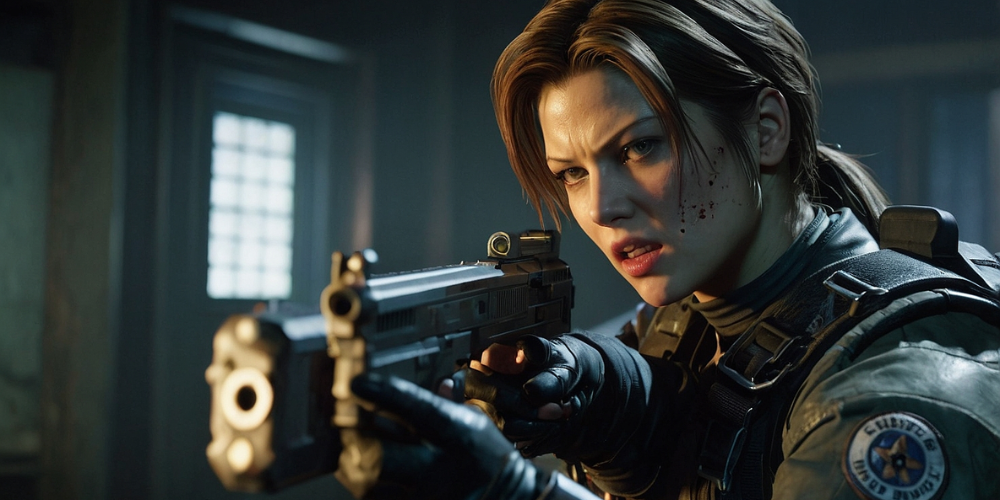
The Role of Limited Resources
Resource management is a constant, nerve-wracking challenge that keeps me on my toes. The limited ammunition and scarce healing items create a palpable tension. When I open my inventory, the reality of my choices hits me—do I expend precious bullets on a lurking enemy now, or do I save them for an inevitable confrontation? This uncertainty becomes an entrenched component of the gameplay, emphasizing the stakes of survival in a world where every decision counts.
The Influence of Environmental Storytelling
As I explore the intricate environments, I am continuously struck by the powerful stories told through the visuals alone. Abandoned rooms cluttered with remnants of lives once lived provide glimpses into the tragic events that transpired. A family photo lying next to a bloody knife tells a story far beyond what I can perceive. Each item adds depth to the narrative and evokes emotions that transcend the screen, grounding me in a forgotten world filled with horrors waiting to be uncovered.
The Pressure of Time
Many Resident Evil games implement a time constraint that adds yet another layer of anxiety to the already-rich atmosphere. The ticking clock hangs over my head like an omnipresent specter, forcing me to act quickly while balancing the need for caution. This urgency is intoxicating, compelling me to rush through areas that I would usually explore more methodically. I become fully engaged as I dart through hallways, torn between a desire to uncover every secret and the need to survive.
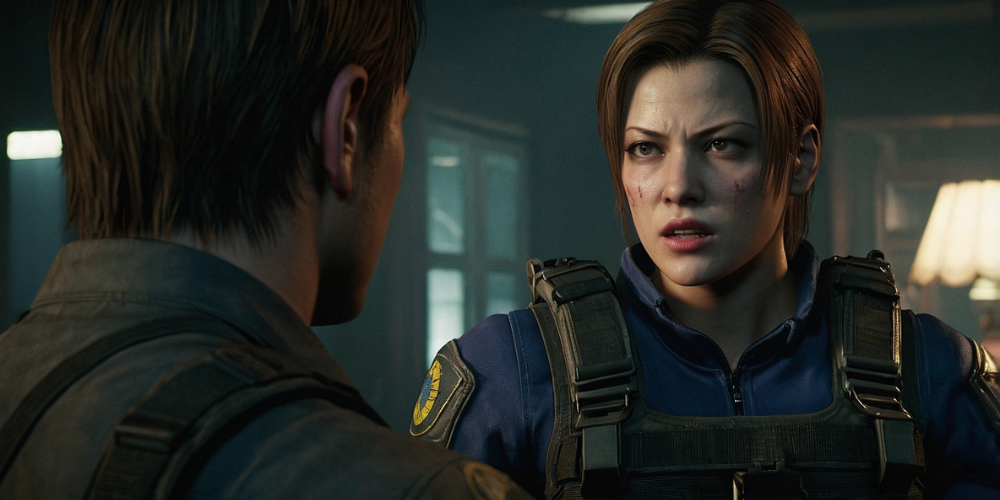
The Transition into Action
While at its core, Resident Evil is a horror franchise, it artfully weaves action elements into its gameplay. As I transition from creeping through tight corners to frantic shootouts, my heart races. It’s a rollercoaster of emotions where one moment is steeped in dread, and the next erupts into adrenaline-fueled chaos. These shifts force me to adapt quickly, alternating between stealth and aggression, ensuring that I always need to be prepared for whatever comes my way.
The Psychological Undercurrents
Throughout the series, psychological horror sometimes overshadows the conventional scares. I often wonder about the motivations of the antagonists and the heinous experiments that have led to such tragedy. How could one human be driven to commit such acts? The blurred lines between science and madness make me reflect on the real-world implications of unethical experimentation, increasing the narrative’s depth. The psychological components linger long after I’ve played, echoing in my mind like a haunting refrain.
The Legacy and Influence
Ultimately, the atmosphere and horror of Resident Evil have left an indelible mark on both gaming and horror as a genre. Its enduring legacy has influenced countless titles that strive to replicate or build upon the tension it has perfected. Each time I delve back into this universe, I find myself falling deeper into its web of terror, perpetually enamored by the unique artistry crafted by its creators. The chills, the surprises, and the stories etched in shadows are an invitation I can never resist.